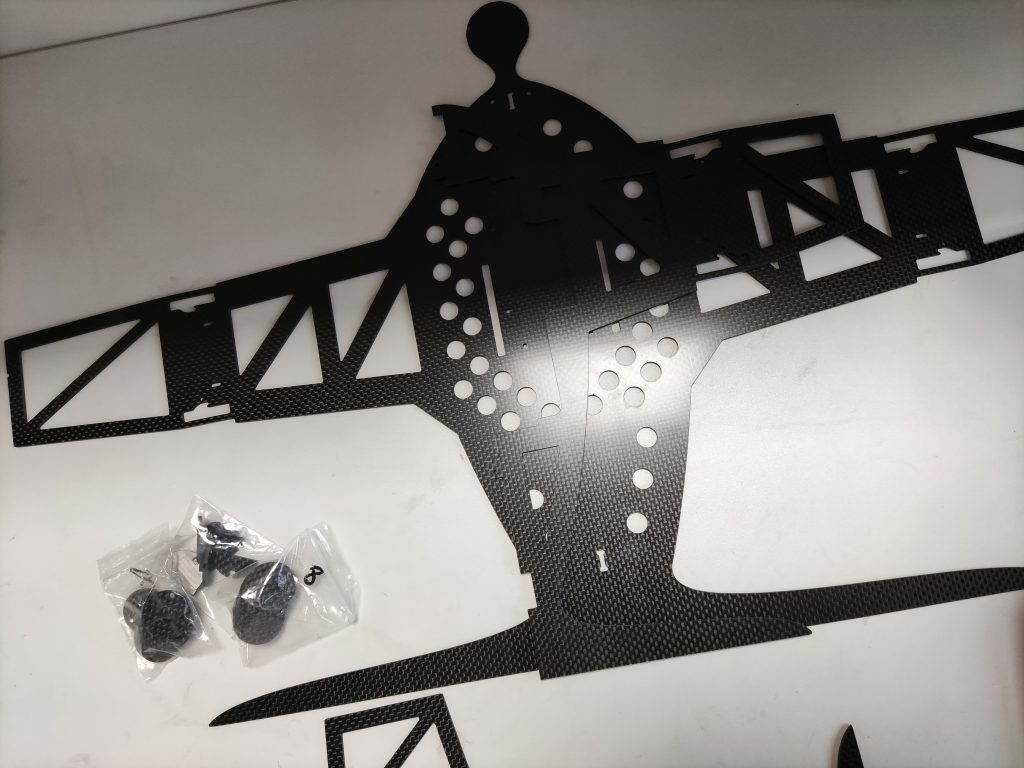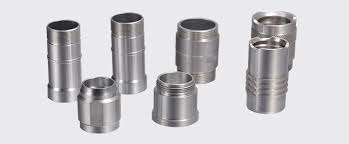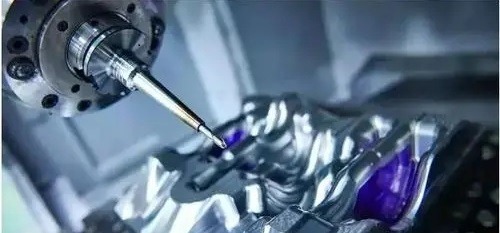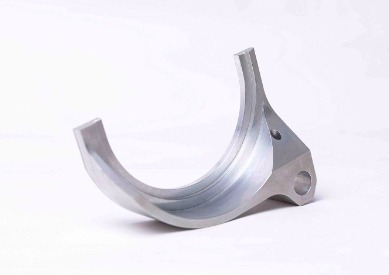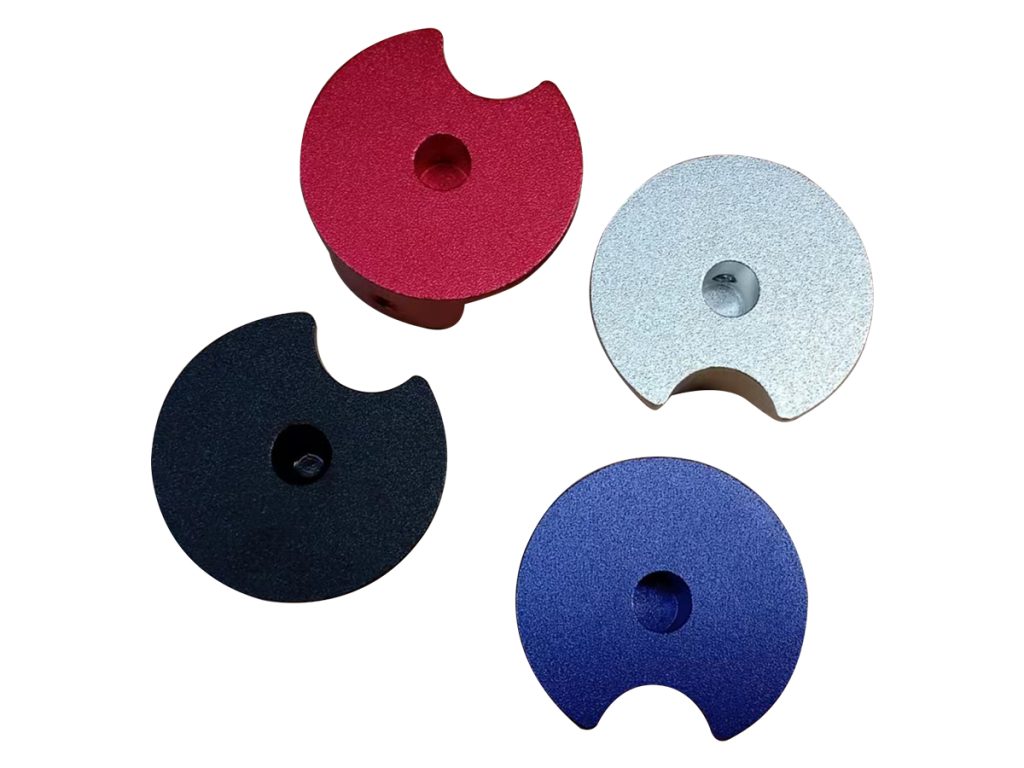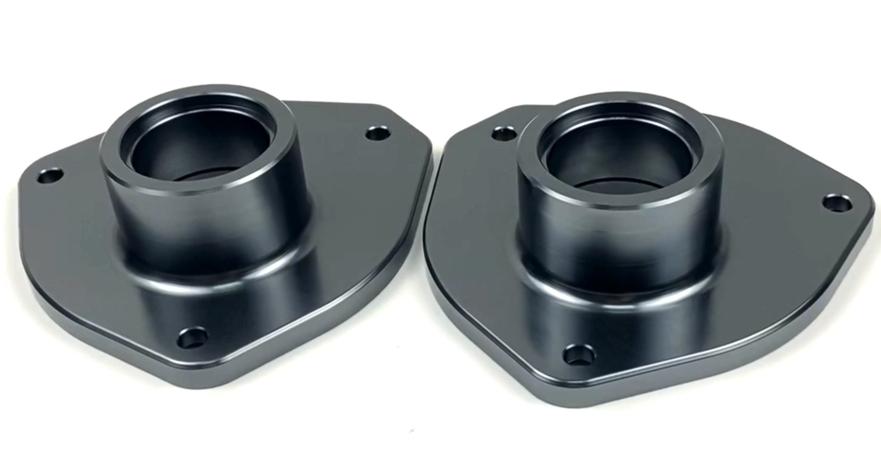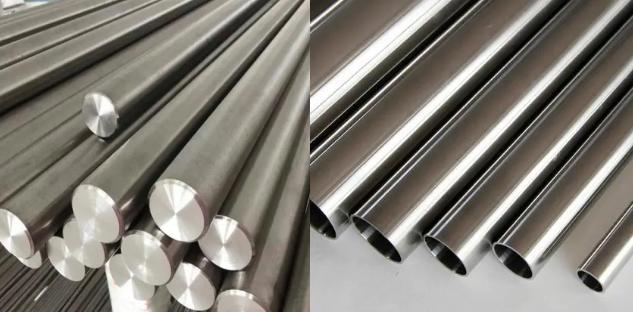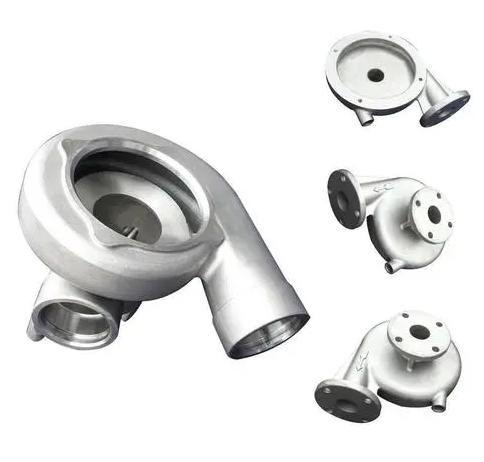CNC machining, short for Computer Numerical Control machining, is a revolutionary manufacturing process that utilizes computer-controlled machines to create precise and complex parts from various materials. While highly automated, achieving consistent quality in CNC machining requires a deep understanding of potential pitfalls. Defects can not only impact the aesthetics and functionality of the final product but also lead to production delays and increased costs. As a professional CNC machining company with excellent technology and thoughtful service, JTR has a study about CNC machining defects. We figured out the most common types might encounter and equipped our customers with a set of solutions to prevent these defects and ensure the CNC machining process delivers consistently high-quality parts.
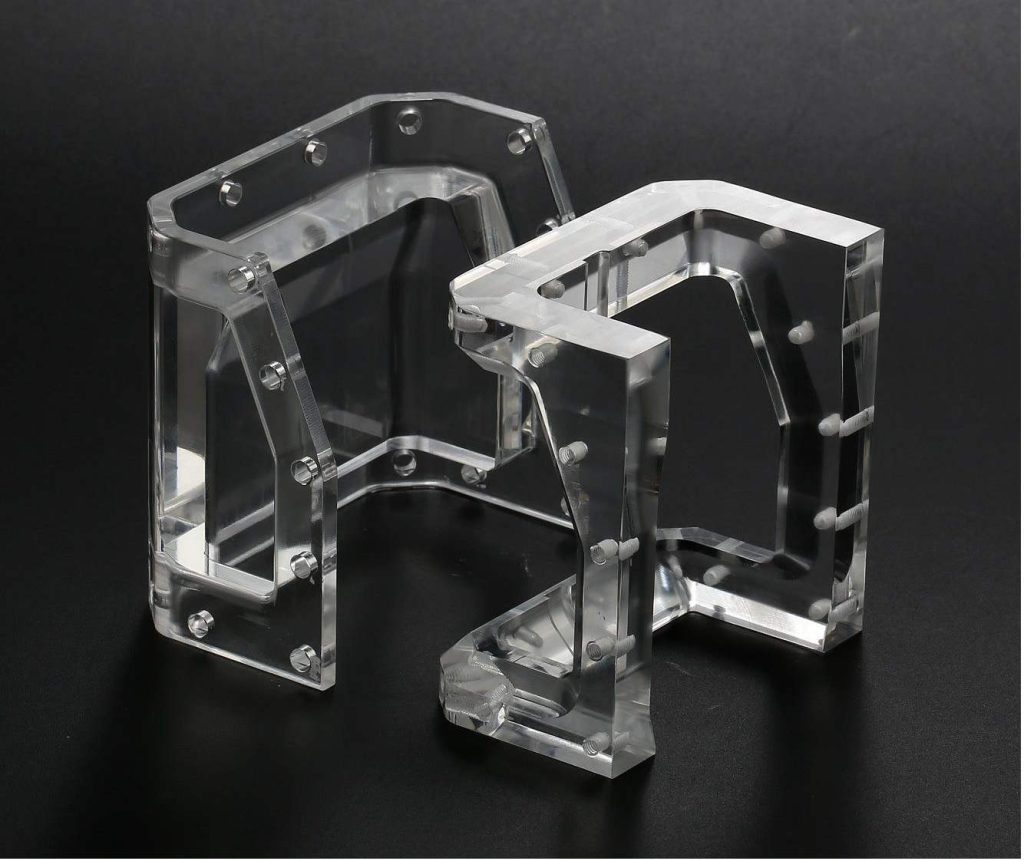
Common Types of CNC Machining Defects
1. Dimensional Inaccuracies:
This defect occurs when machined features (holes, pockets, and slots) deviate from the design’s intended size. The dimensions may be undersized (smaller than desired) or oversized (larger than desired). Parts with dimensional inaccuracies may not fit together properly during assembly, resulting in functionality issues or rework. They may also have an impact on the finished product’s performance and safety. An out-of-tolerance hole may be too small for a bolt to pass through, while a machined slot may be larger than the corresponding component.
2. Poor Surface Finish:
This defect is defined as a rough or uneven surface on a machined part. It can take many forms, including chatter marks (wavy lines caused by tool vibration), burns (discoloration or melting caused by excessive heat), and uneven tool marks. A poor surface finish can detract from the part’s aesthetics, but it can also have an impact on its functionality. Rough surfaces can increase the component’s friction, wear, and fatigue life. Additionally, it may impede proper sealing or coating adhesion. Chatter marks can appear on machined surfaces if the cutting tool vibrates too much. Burns may occur if the cutting speed or feed rate is too high, resulting in excessive heat.
3. Tool Wear and Breakage:
Cutting tools wear down naturally during the machining process as a result of friction and material removal. In severe cases, the tool may completely break, disrupting the machining process and potentially damaging the workpiece. Excessive tool wear can cause dimensional inaccuracies and poor surface finish. Broken tools can leave gouges or scratches on the workpiece, necessitating immediate replacement and causing production delays. Worn tools become dull and less efficient at removing material, resulting in inaccurate cuts. A broken tool may leave deep grooves or chipped sections on the machined surface.
4. Burrs and Sharp Edges:
Burrs are small raised edges of material left over from the machining process, usually at corners or where different features meet. Sharp edges may also result from tool limitations or design constraints. Burrs can pose safety risks during handling and assembly. They can also cause issues with proper part fit and function. Sharp edges can also cause cuts. Burrs may appear along the edges of drilled holes or around machined pockets. Sharp edges can form at corners where the cutting tool radius prevents achieving a perfectly sharp point.
5. Material Deformation:
This flaw occurs when the machining process applies too much stress or heat to the workpiece, causing it to warp, bend, or crack. This occurs more frequently with softer materials or when machining thin features. Material deformation can have a significant impact on the functionality and dimensional accuracy of the part. In severe cases, the workpiece may become unusable. A thin machined wall may bend due to the forces exerted by the cutting tool. Excessive heat during machining can cause warping and cracking in certain materials.
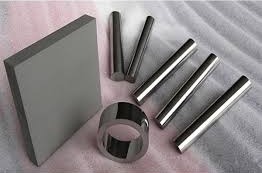
Causes of CNC Machining Defects
1. Incorrect Tool Selection:
Using the incorrect tool material for the workpiece material can result in rapid tool wear, poor surface finish, and possible breakage. Different tool materials are best suited to specific applications based on their hardness, wear resistance, and compatibility with the workpiece material. Choosing an incorrect tool size can also cause issues. Oversized tools may not provide the required precision, whereas undersized tools may deflect or break under cutting forces. Tool geometry has a significant impact on chip formation and surface finish. The incorrect tool geometry can result in excessive chip recutting, chatter marks, and uneven surfaces.
2. Improper Machining Parameters:
Incorrect cutting speed can cause excessive heat, resulting in tool wear, burns on the workpiece, and potential material deformation. In contrast, excessively slow speeds can lengthen machining time and reduce efficiency. The feed rate sets the rate at which the tool engages the material. An excessively high feed rate can overload the tool, resulting in a poor surface finish, chatter marks, and even breakage. In contrast, a very slow feed rate reduces efficiency. The depth of cut refers to the amount of material removed per pass. Excessive depth of cut can put a strain on the machine and tool, resulting in inaccuracies and potential tool failure.
3. Tool Wear and Tear:
Even with proper selection and parameters, all cutting tools will wear out over time due to friction and material removal. This wear can gradually degrade the tool’s performance and contribute to flaws such as dimensional inaccuracies and poor surface finish. Implementing a preventative tool maintenance program with regular inspection and replacement schedules is critical for reducing the impact of tool wear.
4. Programming Errors:
CNC machining uses precise toolpath programming to define the cutting path of the tool. Errors in the program can cause a variety of defects. Incorrect toolpath geometry can cause gouging, excessive material removal, and incomplete machining. Programming errors can also include missing approach and retract motions, which can result in tool collisions or incorrect starting points.
5. Machine Tool Malfunctions:
Although CNC machines are extremely precise, malfunctions or issues may still occur. Excessive vibration during machining can result in chatter marks and dimensional errors. Machine tool instability, such as issues with the spindle or axis movements, can cause inconsistencies in the machining process and degrade part quality. Regular maintenance and calibration of CNC machines are critical to avoiding these problems.
6. Material Inconsistencies:
In some cases, variations in the workpiece’s material properties can exacerbate machining difficulties. Material inconsistencies can influence tool wear, chip formation, and overall machining behavior, potentially resulting in unexpected defects.
7. Operator Errors:
Even with sophisticated CNC machines, human error in setup and operation can have an impact on the final product. Improper workpiece fixturing can cause vibrations and inaccuracies. Failure to monitor the machining process and adjust parameters as required can lead to issues such as tool breakage or overheating. Proper operator training and adherence to established procedures are essential for reducing human error.
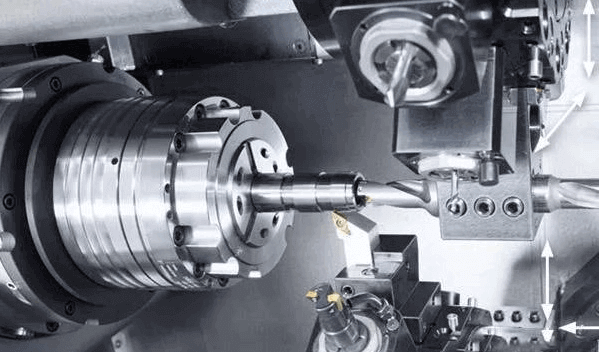
Solutions to Prevent CNC Machining Defects
- Match the Tool to the Job: To ensure optimal performance and minimal wear, choose the appropriate tool material, size, and geometry for the workpiece material and desired surface finish.
- Dial in the Parameters: Optimize the cutting speed, feed rate, and depth of cut for each operation to achieve precise results, efficient machining, and avoid tool overload or overheating.
- Stay Sharp: Implement tool wear monitoring and replacement schedules to avoid compromising quality.
- Program with Precision: Use advanced CNC programming techniques to create precise toolpaths that prevent gouging, incomplete machining, and tool collisions.
- Maintain Machine Health: Regularly maintain and calibrate CNC machines to ensure smooth operation, minimal vibration, and cutting accuracy.
- Material Matters: Whenever possible, select workpiece materials with consistent properties to reduce unexpected machining behavior that can result in defects.
- Train for Success: To reduce human error and ensure consistent quality, operators should be properly trained in CNC setup, operation, and monitoring procedures.
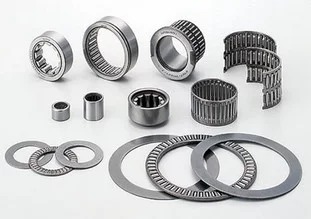
Conclusion
JTR can take proactive steps to minimize their occurrence by understanding the common defects in CNC machining and the factors that contribute to them so that we can provide our customers with first-class CNC machining services. Implementing strategies like proper tool selection, optimized machining parameters, and preventative maintenance for machines and tools can significantly reduce defects and ensure consistent quality. Additionally, operator training and adherence to established procedures play a crucial role in achieving flawless results. By focusing on these preventative measures, CNC machining can truly live up to its potential, delivering parts that are not only precise but also reliable and cost-effective.


